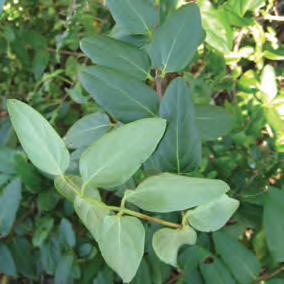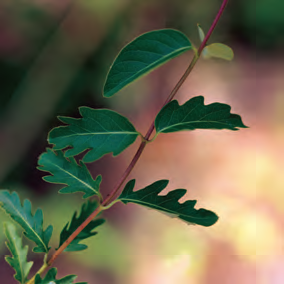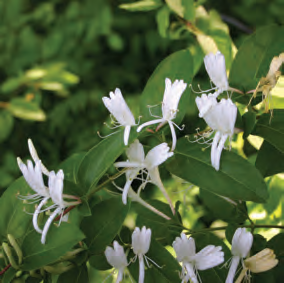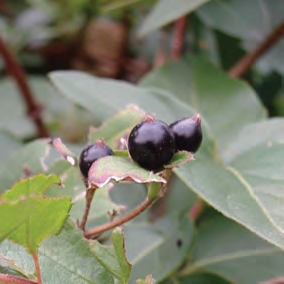Japanese Honeysuckle
Lonicera japonica
Honeysuckle Family (Caprifoliaceae)
Woody Vine
Flowers: May–Jul
Fruits: Sep–Oct
Native Range: Japan, Korea, Eastern China
Introduction: to Long Island in 1806, spread via the nursery trade and promoted for wildlife value.
Mid-Atlantic Range & Habitats: Wood edges, old fields, ditch banks, thickets, roadsides, throughout the region.


Japanese Honeysuckle forms dense sprawling mats that can clamber over brush and debris, excluding virtually all other vegetation, and often inhibiting forest regeneration. The vines climb high into shrubs and trees. The resulting tangles provide wildlife cover and the berries are occasionally eaten by birds and other wildlife. However, the reduction of biodiversity in invaded areas outweighs the benefits of the plant. On the Coastal Plain, where it is most abundant, ditch banks and edges that would otherwise host a diversity of native wildflowers are typically completely overtaken by this vine.

Quick ID
- Leaf surface: Leaves with underside paler green, but not strongly whitened, sometimes hairy
- Leaves: All leaves opposite and distinct from each other
- Flower arrangement: Flower clusters axillary, produced in the axils of leaf pairs along the length of the stem
- Ripe fruit color: Black
More ID Tips
Japanese Honeysuckle leaves are entire to sometimes lobed, whereas the leaves of the native species are always entire. The young stems of the invasive are finely hairy, while the young stems of the natives are glaucous and hairless. Japanese Honeysuckle flowers are typically white, turning to yellow. Trumpet Honeysuckle flowers are reddish-pink or yellow, while those of Twining Honeysuckle are yellow to purplish.


